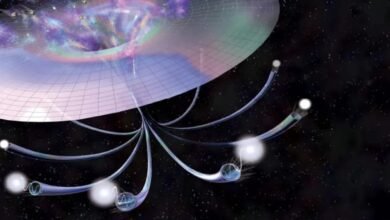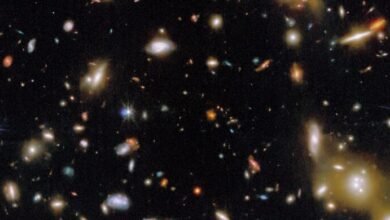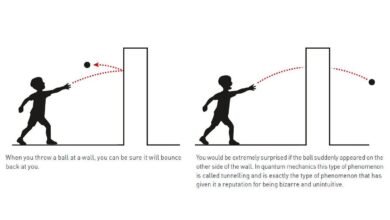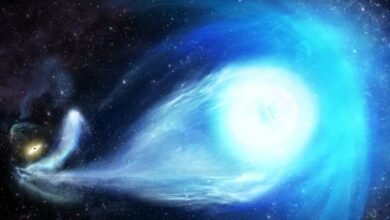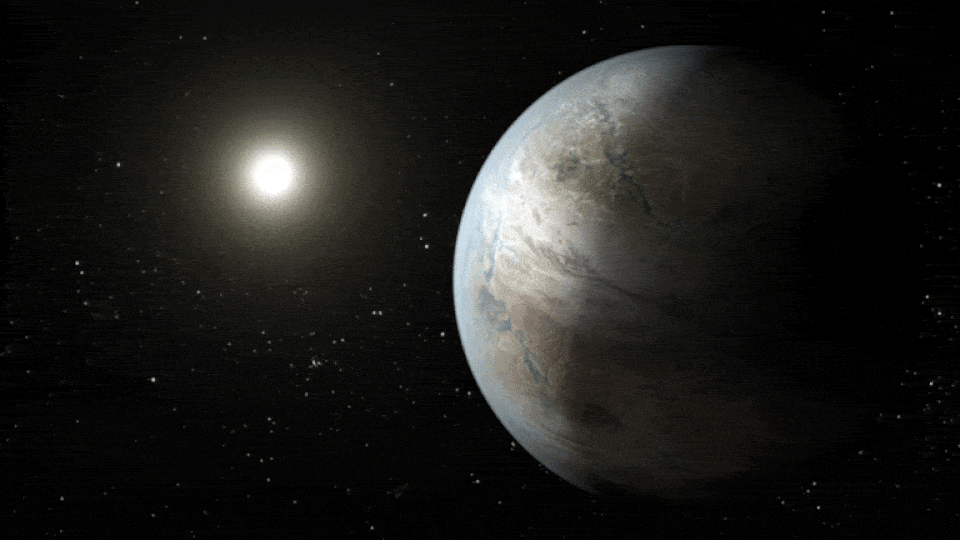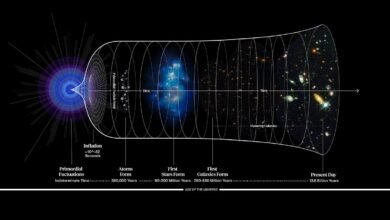
Some nebulae emit their own light, some reflect the light from stars around them, and some only absorb light. But that’s just the beginning.
When most people think about astronomy, they think about the common, light-emitting objects familiar in our night sky: stars, planets, and perhaps even galaxies. Once in a while, here on Earth, we’ll encounter a few other objects that — like planets — reflect the Sun’s light to appear visible either to our eyes or our telescopes: objects like satellites, asteroids, or comets. However, if we look out into the Universe with our telescopes, both within our own Milky Way as well as beyond, into the grand abyss of deep space, we’re likely to encounter a new class of object: objects that aren’t compact and solid, but rather are faint, extended, and difficult to resolve. Astronomers call these objects nebulae.
For a long time, we had only conjecture to tell us what these objects might be. A few of them, as telescopes became more advanced, turned out to be nothing more than clusters of stars. Others turned out to be galaxies far beyond the extent of the Milky Way: “island Universes” full of anywhere from thousands to trillions of stars. These objects, colloquially sometimes called “faint fuzzies”…
Source link

